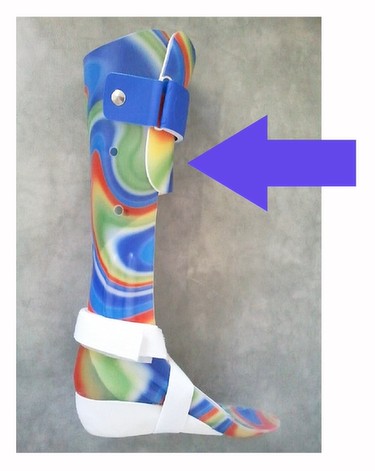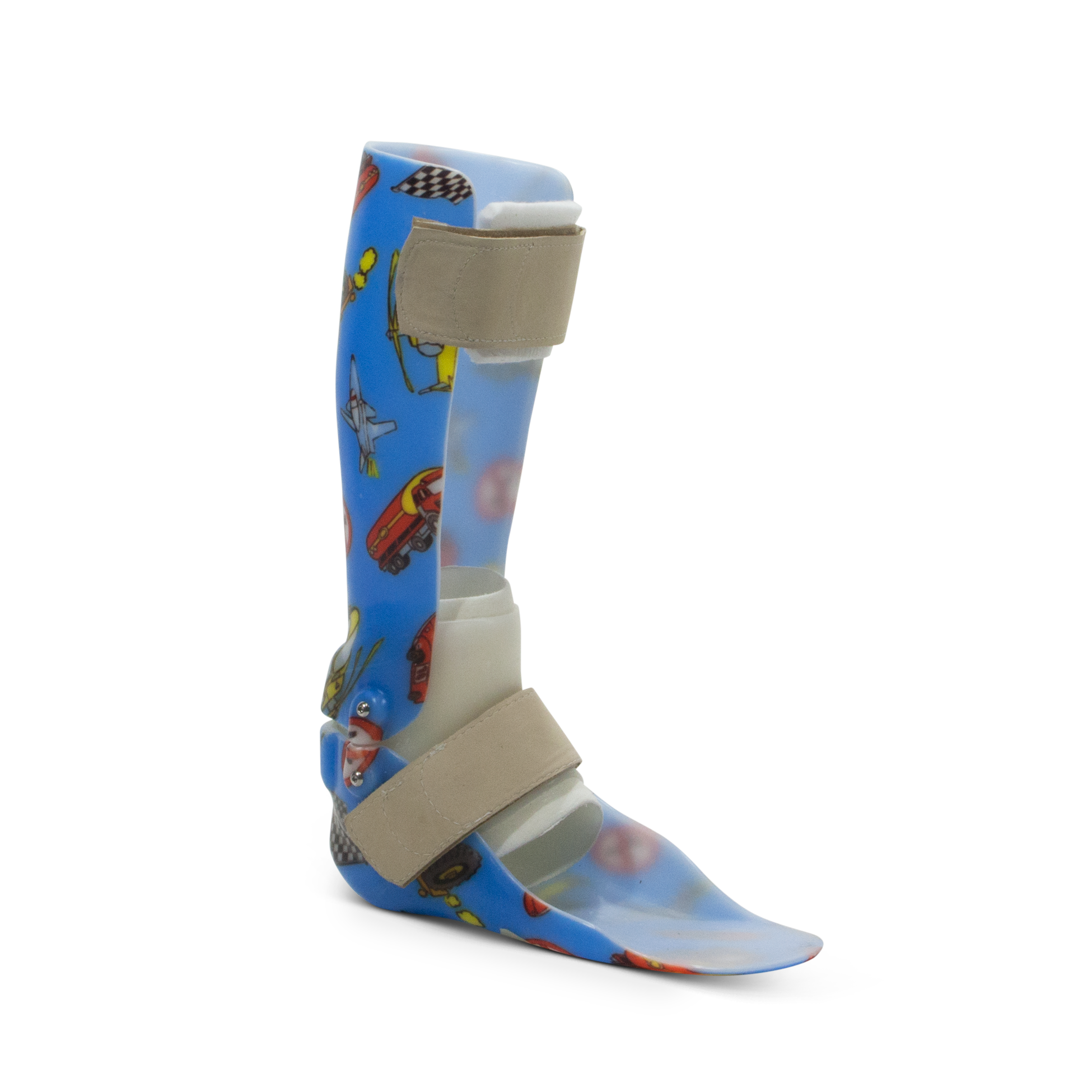Foot Braces Fundamentals Explained
Foot Braces Fundamentals Explained
Blog Article
The 6-Second Trick For Foot Braces
Table of ContentsNot known Facts About Foot BracesRumored Buzz on Foot BracesThe 25-Second Trick For Foot Braces
(1) History: ankle-foot orthosis (AFO) is the most commonly prescribed orthosis to clients with foot decline, and ankle and foot problems. In this study, we intended to evaluate the generally used kinds of AFO and introduce the recent advancement of AFO. (2) Approaches: narrative review. (3) Results: AFO stops the foot from being dragged, gives a clearance between the foot and the ground in the turning stage of stride, and maintains a steady position by enabling heel contact with the ground during the stance phase.By placing thermoformed plastic to cover the positive plaster design, it generates the orthosis in the exact shape of the design. PAFO can be identified according to the presence of joints, mostly as strong ankle joint kinds without joints and pivoted ankle joint kinds with added joints.
The leaf-like folds are planned to enhance the component of the ankle joint with the most amount of activity and duplicated loadings. The creases serve as a spring in the ankle joint that enables slight dorsiflexion in the mid and terminal stances, and this flexibility can also marginally help the push-off function in the terminal position.

The 3-Minute Rule for Foot Braces
The plantarflexion can additionally be entirely limited by fitting the shells at 90 without area in between. The Gillette joint, like the Oklahoma joint, attaches a separate shank shell you can try here with the foot covering, allowing both plantarflexion and dorsiflexion. HAFO is widely used in children with spastic diplegia and clients with spastic hemiplegia after stroke, as it can extend the ankle joint plantar flexor my link to reduce rigidity and decrease topsy-turvy muscle-response patterns.
